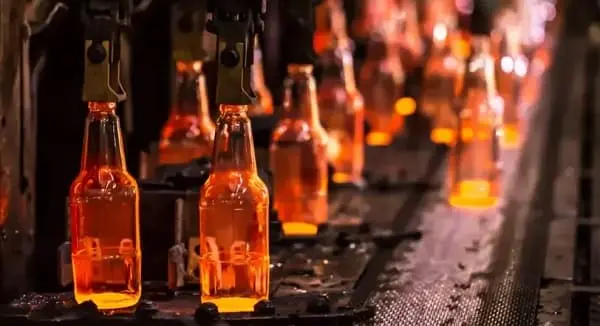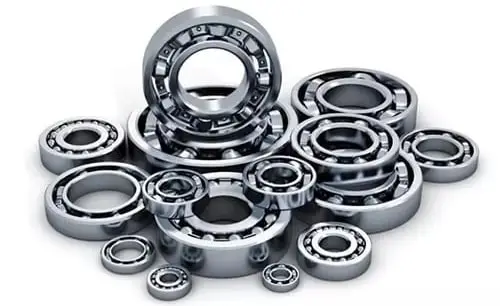One must know that there are basic two types of rubber, Synthetic and natural rubber. Both of them are produced in quite different ways. In contrast to natural rubber, which is harvested from trees in tropical regions, synthetic rubber is made from oil in a chemical factory.
The United States, Japan, China, and numerous countries in Western Europe are the global leaders in synthetic rubber production. This article, however, will lay stress on those nations whose rubber tree crops yield the most natural rubber.
Natural rubber is produced in 28 countries throughout the world. They are all similarly tropical, and it is the most defining feature they share. Rubber trees thrive at constant tropical temperatures of about 82 degrees Fahrenheit. In addition to receiving between 60 to 78 inches of rain each year, rubber trees prefer places with thick soil that is resistant to flooding.
South American, African, and Southeast Asian nations all have suitable tropical climates for growing natural rubber. The cultivation of rubber trees in these regions brings to mind the tapping of maple trees in the Northeastern United States, where the trees are often cultivated in rows and watered using spigots and buckets. To produce raw natural rubber, however, farmers tap rubber trees for latex rather than maple trees for maple syrup.
Around eighty-five to ninety percent of the world’s rubber tree farms mainly run by sole proprietors or small groups of investors. Once the farmers have harvested their latex, it is processed into powder, blocks, sheets, and other forms before being sent to rubber supply firms.
In spite of the fact that many nations manufacture & export natural rubber, a select few in Southeast Asia dominate the industry. The (ANRPC) reports that three Southeast Asian countries account for over 70% of the world’s current natural rubber supply.
When it comes to natural rubber, Thailand has served as the world leader for decades, and in 2019, the country will increase global production by 35%.
Top Countries for Rubber Production in World
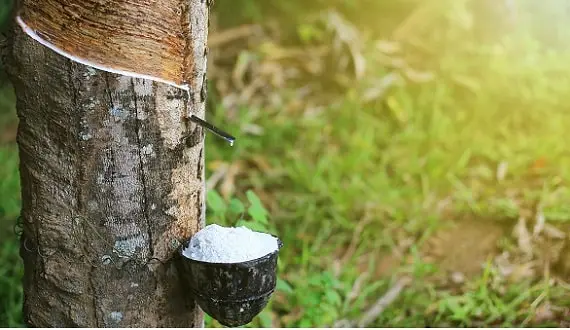
Below are the leading countries in terms of rubber production in the world:
1. Thailand
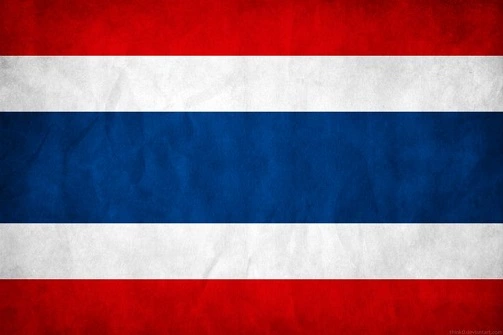
Thailand is the world leader in the production of natural rubber, producing more of it than any other country in the world combined. Approximately 4,500 metric tonnes of natural rubber were produced in Thailand in the year 2020. Although this total quantity still leads the globe in production in the world, it has decreased since 2019, when it produced about 5,000 metric tonnes of rubber. Despite this, it is still the leading amount in the world.
It was recently stated by Thailand’s rubber agency that the country anticipates producing 4.9 million tons of rubber in 2022, which is an increase of 1.82% over the previous year.
Thailand is the leading exporter and producer of natural rubber in the world, accounting for approximately one third of the annual output of rubber on a global scale.
The expanding need for natural rubber in the worldwide automobile sector and also for rubber surgical gloves, the usage of which has expanded because of the pandemic, would provide support for Thai rubber exports.
2. Indonesia
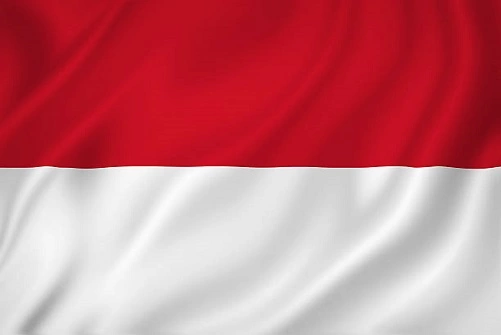
Indonesia’s rubber production is only slightly behind that of Thailand. In the two years between 2019 and 2020, natural rubber production fell in Indonesia, just like it did in Thailand. The production of natural rubber in Indonesia in 2019 was approximately 3,200 tonnes. By the year 2020, the amount of natural rubber produced has decreased to approximately 3,000 tonnes.
Indonesia is the world’s second-largest producer of rubber, and hence delivers a substantial portion of rubber to markets all over the world. The output of rubber in Indonesia has been steadily increasing since the 1980s, when the industry was first established. Smallholder farmers are responsible for producing the vast majority of the rubber that is harvested in this country (about 80 percent). As a result, both public and private estates have a relatively insignificant impact on the domestic rubber sector.
The majority of rubber produced in Indonesia comes from the country’s provinces:
- The area of South Sumatra
- The north of Sumatra
- Riau
- West Kalimantan
- Jambi
3. Vietnam
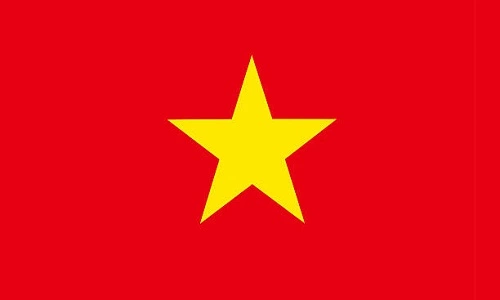
In contrast to Thailand and Indonesia, who both had a decline in their natural rubber output between 2019 to 2020, Vietnam saw a minor gain in their output during this time period. In 2019, Vietnam’s production of natural rubber came in at approximately 1,100 metric tonnes.
By the year 2020, this quantity had climbed to almost 1,200 tonnes metric. Even if this is only a modest gain, it nonetheless demonstrates notable growth between 2019 and 2020, in contrast to the declines seen by the two biggest rubber producers.
4. Ivory Coast
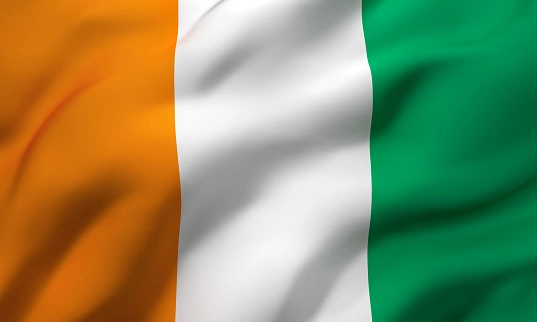
Ivory Coast observed a surge in the production of natural rubber, similar to that seen in Vietnam. Even though this nation only produces a minute amount of rubber in comparison to the leaders of the industry worldwide, there is potential for significant growth in production in the years to come. In 2019, this Ivory Coast was responsible for the production of approximately 800 tonnes of natural rubber. Around 900 metric tonnes of natural rubber were produced by the year 2020 thanks to an increase in production.
5. China
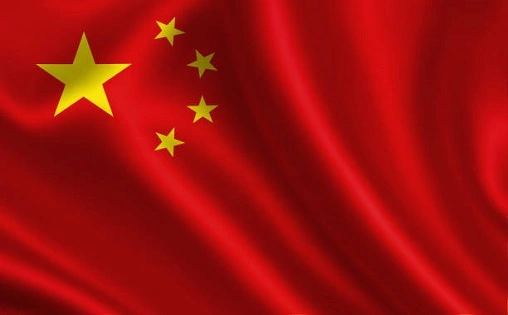
China is a major producer and exporter of several minerals and resources, including some of the most important ones in the world. The production of natural rubber in China is among the worlds highest. The total amount of rubber produced in China had a decline between 2019 and 2020. This nation produced approximately 800 tonnes of natural rubber in 2019, while China produced approximately 700 tonnes of natural rubber in 2020.
6. India

India is responsible for the production of natural rubber, and during the years 2019 and 2020, the country’s total rubber output remained relatively unchanged. Around 700 tonnes of natural rubber were produced in India in each of the years 2019 and 2020. A portion of these natural rubbers are kept in India, while other parts of the output are shipped to other countries throughout the world.
The Indian natural rubber industry is distinguished by the founder of a well-established sector for the production of rubber as well as a rapidly increasing sector for the manufacturing of rubber products and consumption of rubber goods.
India is one of the largest producers of rubber in the world, and it also continues to be the world’s second largest user of the commodity.
7. Malaysia
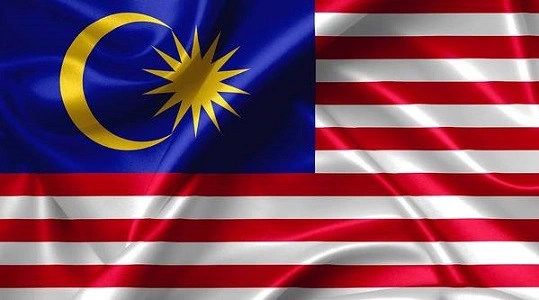
Malaysia experienced a decline in its total rubber production, much like the majority of the worlds other significant producers of natural rubber did. The production of natural rubber in Malaysia in 2019 was approximately 650 metric tonnes. In the year 2020, this quantity was reduced, and just 500 metric tonnes of natural rubber were produced.
8. Philippines
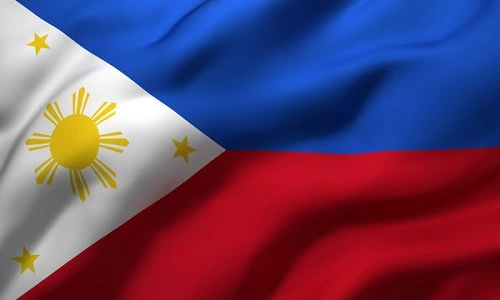
The rise of the country’s economy enabled a better capacity for consumption on the part of various demographic subgroups of the population. Because of this, there has been an increase in demand for a wide variety of products, including those that are made from rubber; as a result, there is both a need and a chance to develop the rubber product business in the country.
In the 1980s, when the demand for car tyres and other items made from rubber slowed down as a result of the slowdown in the economies of Japan and Europe, the Philippines was among the top-ranking countries in terms of their output of rubber. This status lasted till now. In recent years, however, the market in the Philippines for items made of rubber has shown new signs of vitality, as evidenced by the growing demand for products made of rubber.
The Philippine rubber sector is distinguished by its technical capability to serve the needs of customers, its technical capability to manufacture a wide variety of rubber goods, its strong ability to adapt to the requirements of customers, and its highly skilled direct labor force. In addition to this, the rubber sector in the Philippines has the existing capacity to fulfill the requirements of its customers.
Others
Despite the fact that the main countries produce thousands of tonnes of rubber each year, there remains a substantial quantity of natural rubber produced by a number of other countries. The total amount of natural rubber produced in the countries not included on this list is around 1,500 tonnes. This figure is much higher than approximately 1,350 in 2019, when it was last reported.
Rubber Production FAQs
Q1. What Is Natural Rubber, And How Is It Different From Synthetic Rubber?
Ans: Natural rubber originates from the sap of rubber trees, predominantly found in tropical regions. On the other hand, synthetic rubber is manufactured from various petroleum-based materials. Although natural rubber is vulnerable to changes in temperature and humidity, causing degradation over time, synthetic rubber boasts greater durability and can be tailored to exhibit specific properties for diverse applications.
Q2. What Are The Major Challenges Faced By Rubber Producers?
Ans: Rubber trees are prone to several diseases, including leaf blight and stem canker, which can substantially reduce sap production. These trees flourish in warm, humid climates, and alterations in weather patterns can adversely affect their growth and sap output. Furthermore, rubber degradation over time poses challenges, as it’s difficult to prevent this natural process.
Q3. What Are The Different Grades Of Rubber, And How Are They Categorized?
Ans: Rubber is categorized into distinct grades based on its quality and characteristics. Among the most common rubber grades is RSS (ribbed smoked sheet) rubber, which represents the highest quality of natural rubber. It’s produced by smoking rubber sheets to eliminate moisture and enhance its properties. Other prevalent grades include Technically Specified Rubber, Styrene-Butadiene Rubber, and Nitrile-Butadiene Rubber.
Q4. What Are Some Of The Major Innovations In Rubber Production Technology, And How Have They Impacted The Industry?
Ans: A major innovation in rubber production is the advent of synthetic rubber, allowing for greater control over rubber material properties. Another breakthrough has been the development of advanced processing techniques. For instance, some rubber manufacturers now employ computer-controlled systems to oversee and fine-tune rubber processing, ensuring consistent quality. Moreover, innovations in additives and fillers usage have helped improve rubber properties. For example, incorporating carbon black into rubber enhances its strength and durability.

